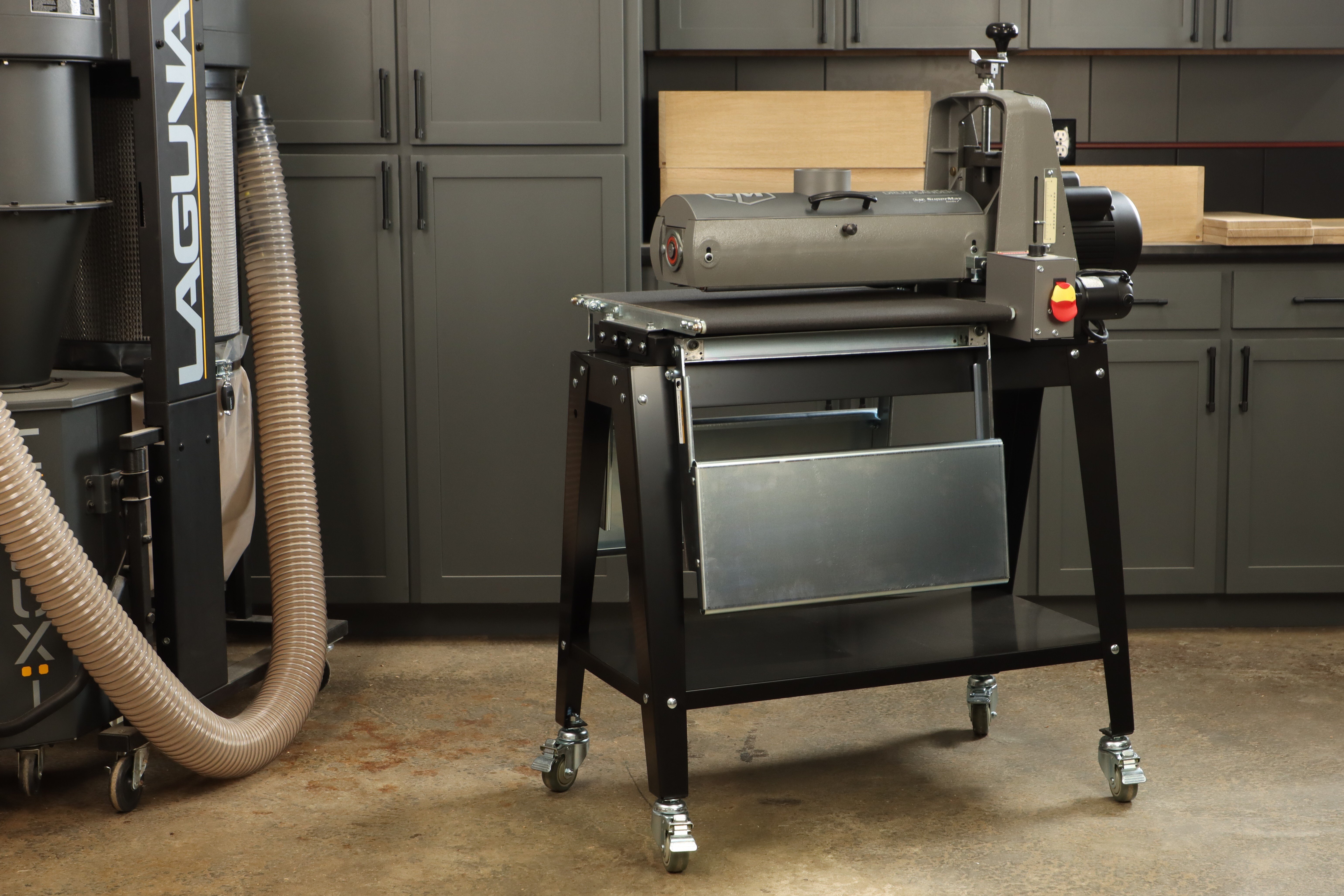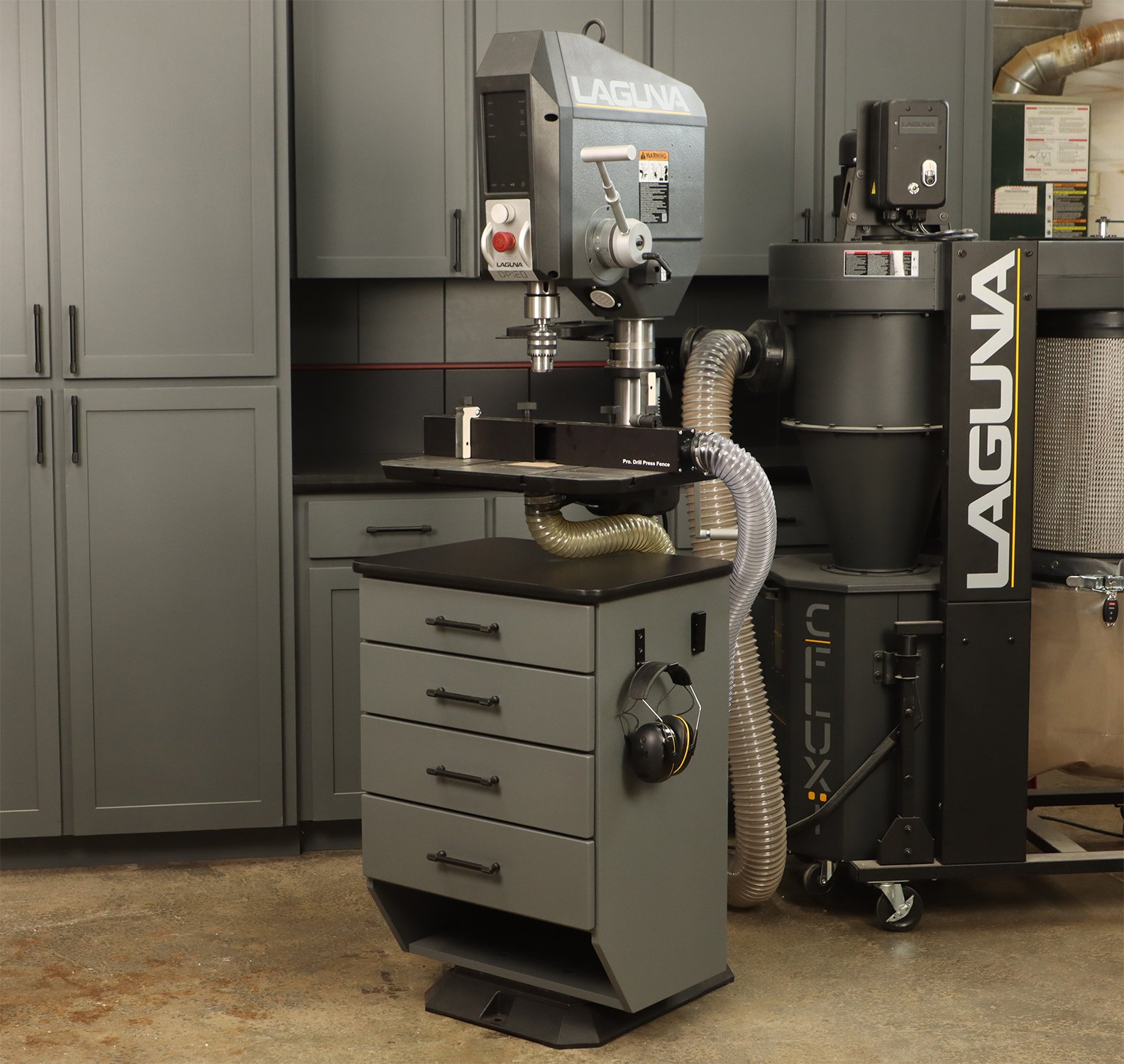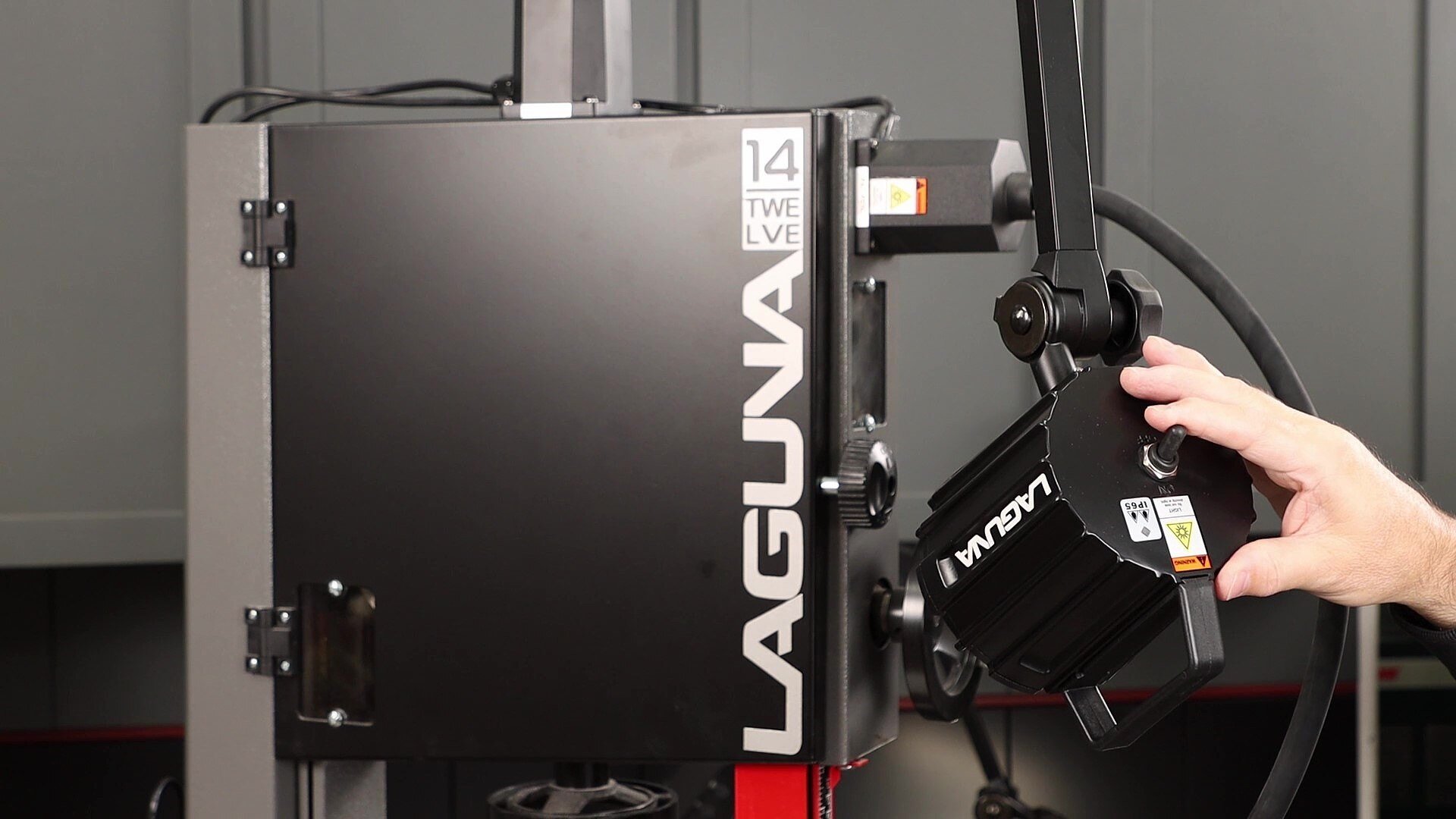I’m addicted to woodturning, and I can no longer deny it. As part of fully embracing this passion, I have accepted two factors associated with this activity:
Chunks of wood can suddenly come flying at you.
When wood is spinning at up to 4,000 RPM, pieces of your workpiece can work themselves loose and become dangerous projectiles with absolutely no warning.
This means that your face and eyes MUST be protected at all times using a full-face shield. The face shield should be worn any time the machine is running; yes, even for sanding.
Sanding on a lathe generates LOTS of dust.
As you spin your project on a lathe and use abrasives to smooth it, the rate of dust generation is staggering. Dust is unhealthy to breathe for several reasons.
First, one can develop allergies through accumulative exposure. Second, it can clog your sinuses and make it difficult to breathe at night (been there, not fun). And finally, as if those weren’t reason enough to minimize our exposure, wood dust is now classified as a carcinogen. Ugh!
There are multiple ways that a woodturner can deal with these two threats. There are numerous inexpensive, effective traditional full face shields available on the market that will provide the protection that you need.
And when you can find them, traditional dust masks work well to keep the dangerous fine dust particles out of our lungs. Let’s consider those the entry level protective options.
What are the “cool kids” wearing?
But there is another option available for those who want great protection from both risks in one unit, plus the benefits of cool air flow and fog free operation. Ventilated positive air pressure face shields provide an enhanced experience over the traditional face shield / dust mask combination.
The concept is simple: an integrated fan blows air across the inside of the shield, filtering out dust as air enters the system and creating a positive air pressure in the mask as it exits.
The positive pressure means that, although the system is not air-tight around the face, dust will not easily enter the protected space.

There are a variety of options from vendors, but they generally fall into two categories. The first type is a single piece design, where the air pump and filters are integrated into the headset.
This provides simplicity, and generally a lower cost, with a bit of added weight that has to be supported by the turner. An example is the product that I use, called the AirShield Pro by Trend.
This is an attractive option for many woodturners because of the lower price point as well as the one-piece simplicity. You can see my review of the Trend AirShield Pro here.

Another option is a two-piece design, such as the SR 500/540 model that is made by Sundstrom. This type of system places the fan and filters in a separate belt-mountable unit, forcing air through a hose that is connected to the mask and from there operating in the same fashion as the one-piece units.
Many professional woodturners prefer this design because it offloads most of the additional weight to their belt, making it less tiring for all-day usage. These systems can provide longer battery run time as well.
Do you wear it all the time?
Some woodturners wear their positive air pressure ventilated face shield masks at all times while turning or sanding, even during a full day on the lathe.
Others, like me, wear a traditional face shield when turning green wood because it doesn’t generate much dust, and only wear the ventilated face shield when sanding or turning dry wood. This preserves battery life and prevents additional fatigue due to the additional weight.
I am comfortable wearing the ventilated face shield for hours at a time, however, whenever necessary. Sometimes I will also wear it while turning green wood on a hot summer day because it keeps my face cooler.
Whatever path you choose, I cannot stress enough the importance of wearing face protection and dust mitigation while turning. Stay safe and enjoy the craft!
Paul Mayer is a guest blogger. He operates under the name "ToolMetrix" (because of his passion for detailed tool analysis) and his work can be found on his:

YouTube Channel: (youtube.com/c/ToolMetrix)




